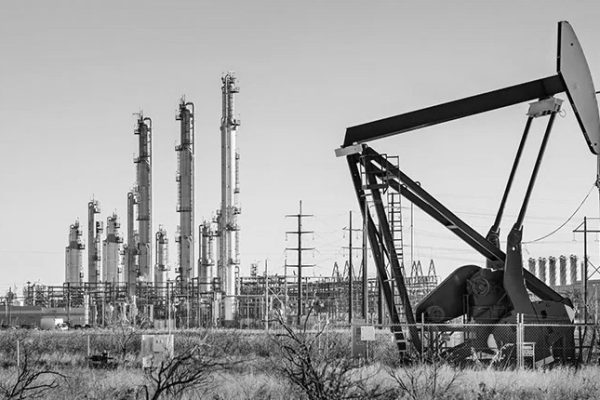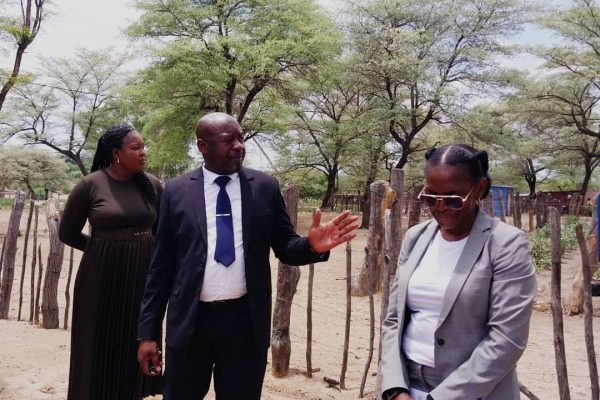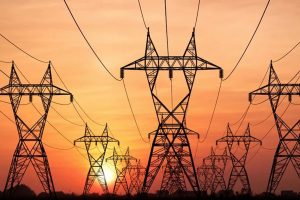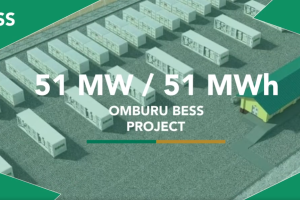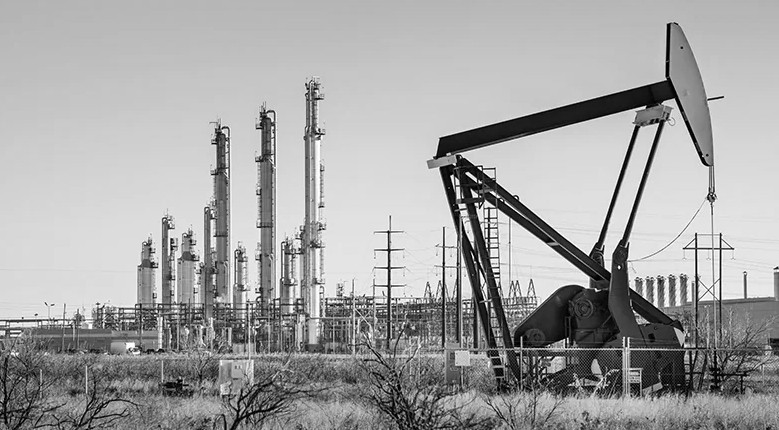
By: Dwight Links
Researchers from the Institute for Public Policy Research (IPPR) have captured stakeholders’ mixed sentiments towards the emerging oil and gas industry.
The recent research findings regarding oil and gas have revealed a variety of issues concerning communities and affecting their optimism on the promise of economic growth set to flow from the sector.
Researchers, Martha Nangolo and Dietrich Remmert explained that the aim of their research was to capture various views from across Namibia on the developments of oil and gas in the country.
“We tried to capture key themes: like hopes, concerns, challenges and observations. Some of these discussions were really interesting, as many people had really nuanced ideas about the sector, and displayed some community sensitivities in their specific areas of concern. Most notably were the environmental organisations,” Remmert explained.
Findings
The researchers indicated that the communities and respondents had a strong sense of the possible economic benefits the developing sector could bring with it.
“This was clear from the onset. One main theme that kept coming up was the fears on the governance issues – like mismanagement of resources, ability of local authorities to adequately manage pressure that the oil and gas sector could place on infrastructure,” noted Remmert.
Another dimension that has not immediately crept up into the broader discourse has been what disruption the oil and gas sector would have on other sectors. This sounds an alarm that Namibia could be well on its way to experiencing a ‘Dutch Curse’ through the greater importance it may place on dependence of the revenues generated.
“We spoke to economists and other financial analysts who have said that it is all good and well that this will provide Namibia with the extra revenues, however, their fears are that oil and gas would stunt other sectors which are in their infancy,” Remmert outlined on the potential problems ahead.
The findings identified that tourism may be first in line to be impacted, followed by access to skilled artisans like electricians who help local communities with odd jobs, as these may be absorbed by the oil and gas projects.
“Walvis Bay and Swakopmund are two prime examples: As the oil and gas projects pay so well,
it is going to be hard to find electricians, for example. And then finally, the scarcity of human resources around skilled artisans,” the findings indicate.
According to the researchers, a small number of respondents spoke to the environmental concerns around this sector, which they found worrisome.
“Very few raised environmental concerns. You had some of them, particularly civil society organisations, and it was also raised a lot by academia and independent researchers,” the findings noted.
Experts in the marine science field also indicated their concern about the pressure placed on marine resources in the development of the new sector.
The researchers indicated that Namibia is known for championing the environmental wellbeing of its natural resources, but, if the country actively explores the development of the oil sector, it is going to place a question mark on its actual stance of being environmentally sensitive.
Red Flags
A notable matter of concern that the research uncovered was the lack of or poorly structured stakeholder consultations.
“This was at more than 50%, and it was interesting because across the board and in civil society, the respondents said that there is a lack – and if there are any – these engagements are poorly structured,” Remmert added.
The Ministry of International Relations and Trade recently concluded a regional public and stakeholder engagement process which ended in September. The engagement was held with the aim of keeping Namibians abreast of the developments taking place.
Additionally, as the Industrial Baseline Survey of 2024 on the Oil and Gas sector outlines, there may still be a way to go before the actual production commences, with the sector still being in its exploration phase. This will be followed by a 6-8 year period of constructing the infrastructure, and finally a period of 20 to 25 years of production. This timeline squarely places the actual production well after 2030.
TotalEnergies’ Venus public stakeholder engagement will also proceed into its second phase as the next round is slated for early November.

